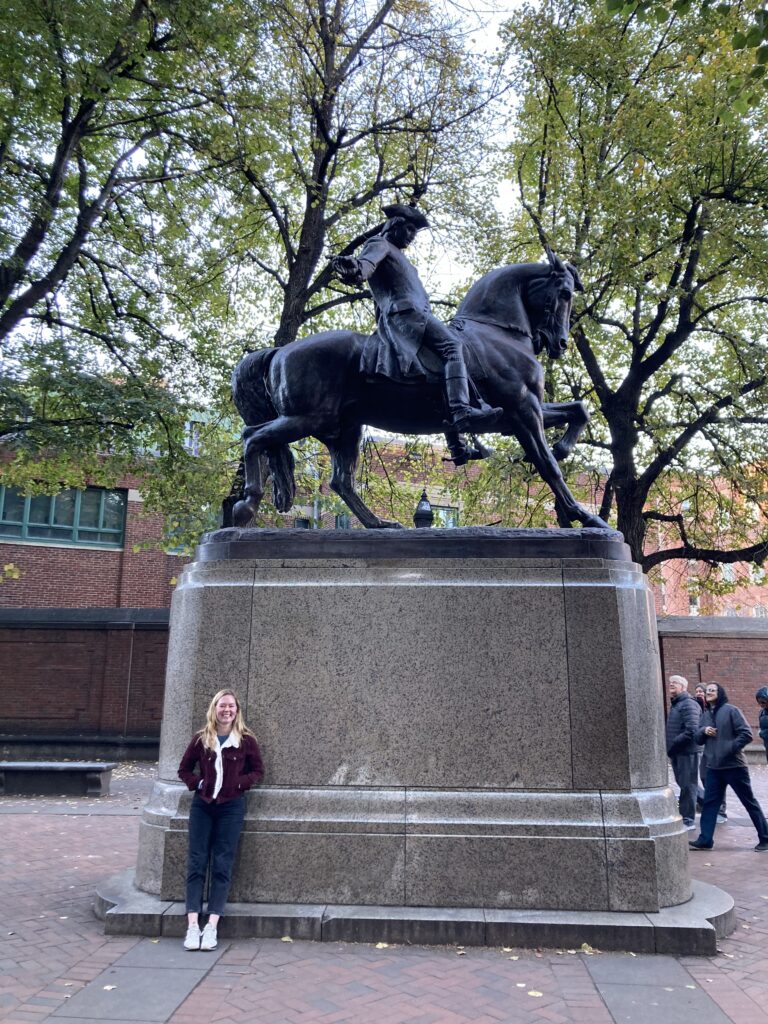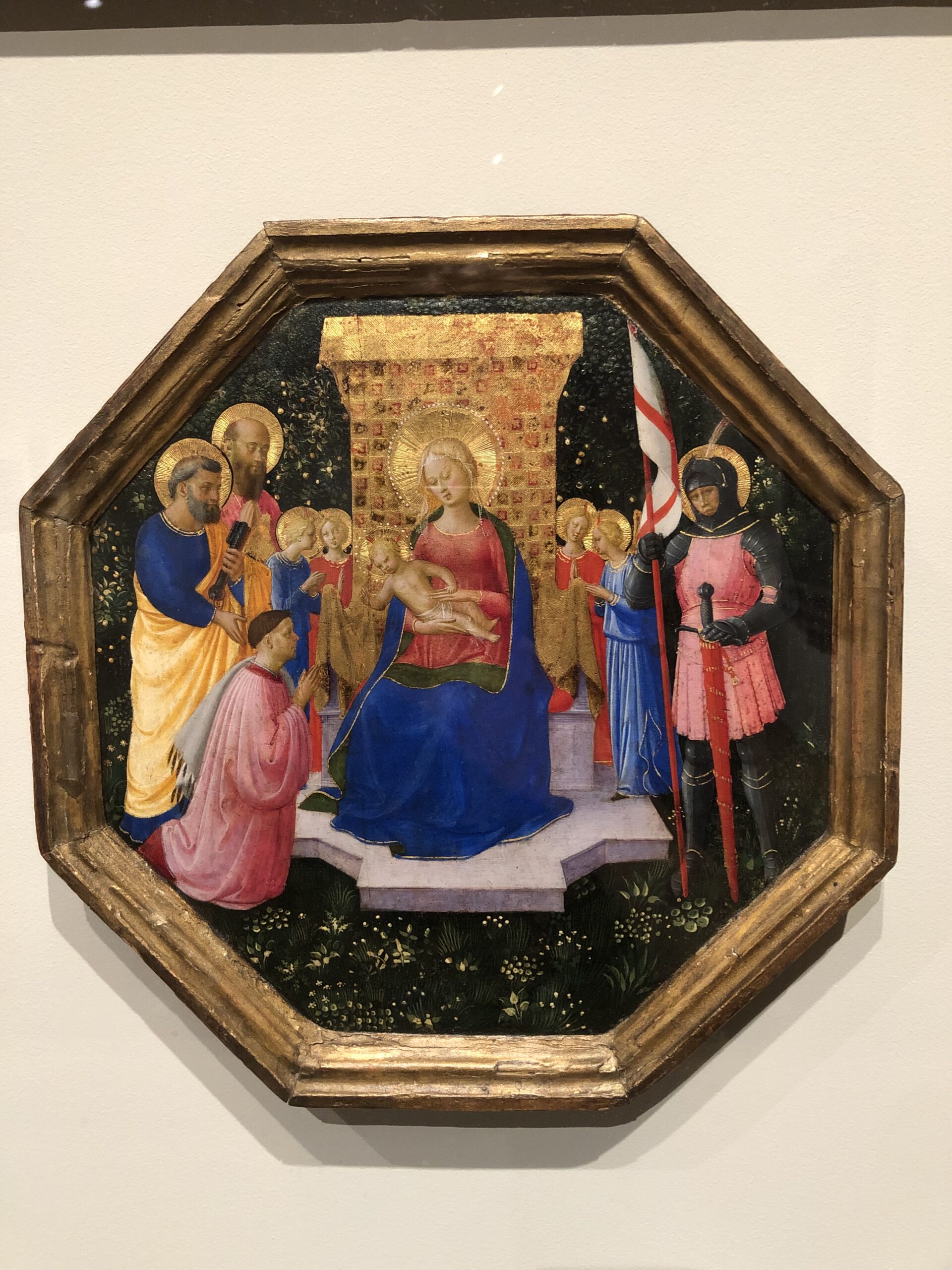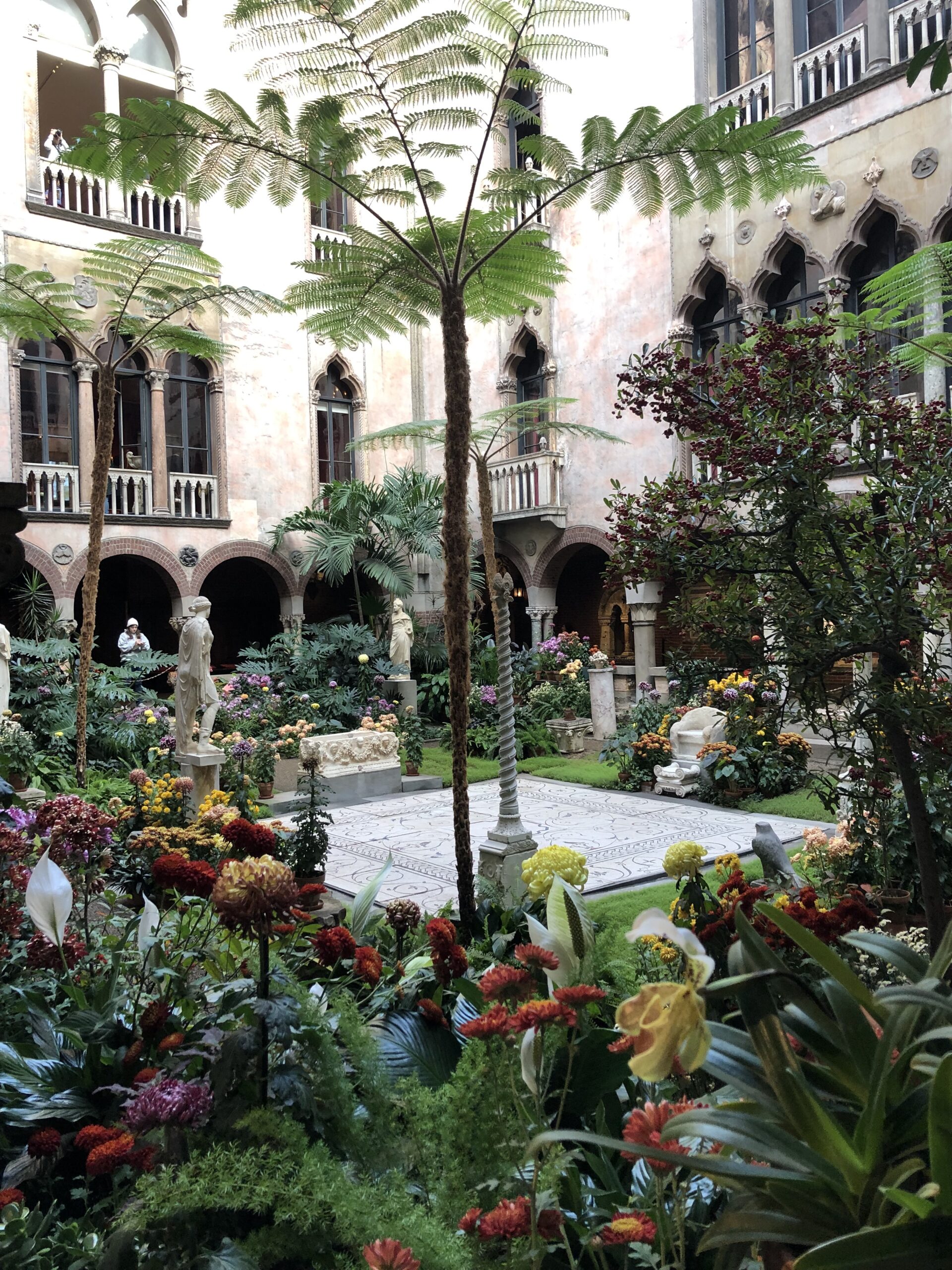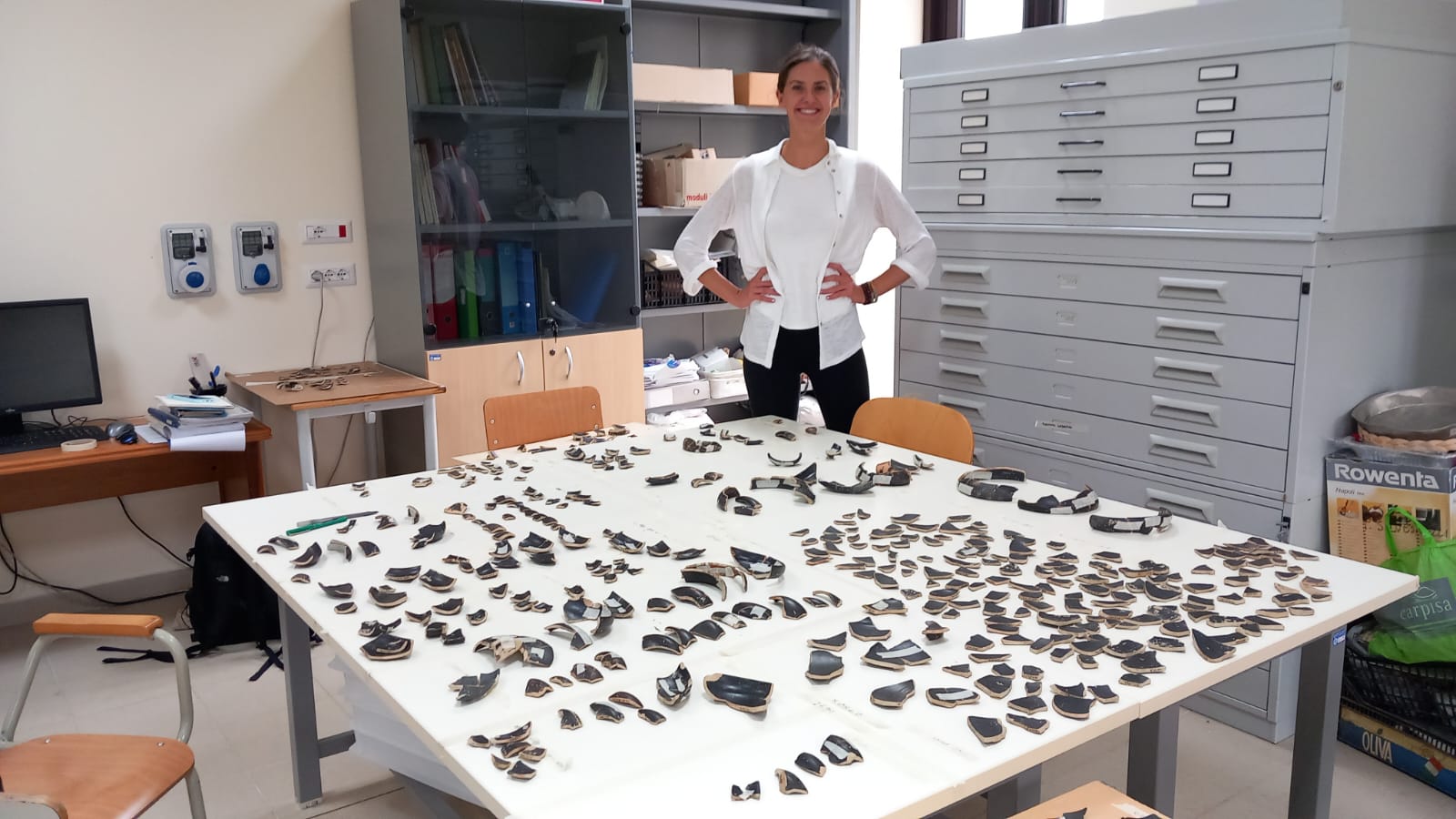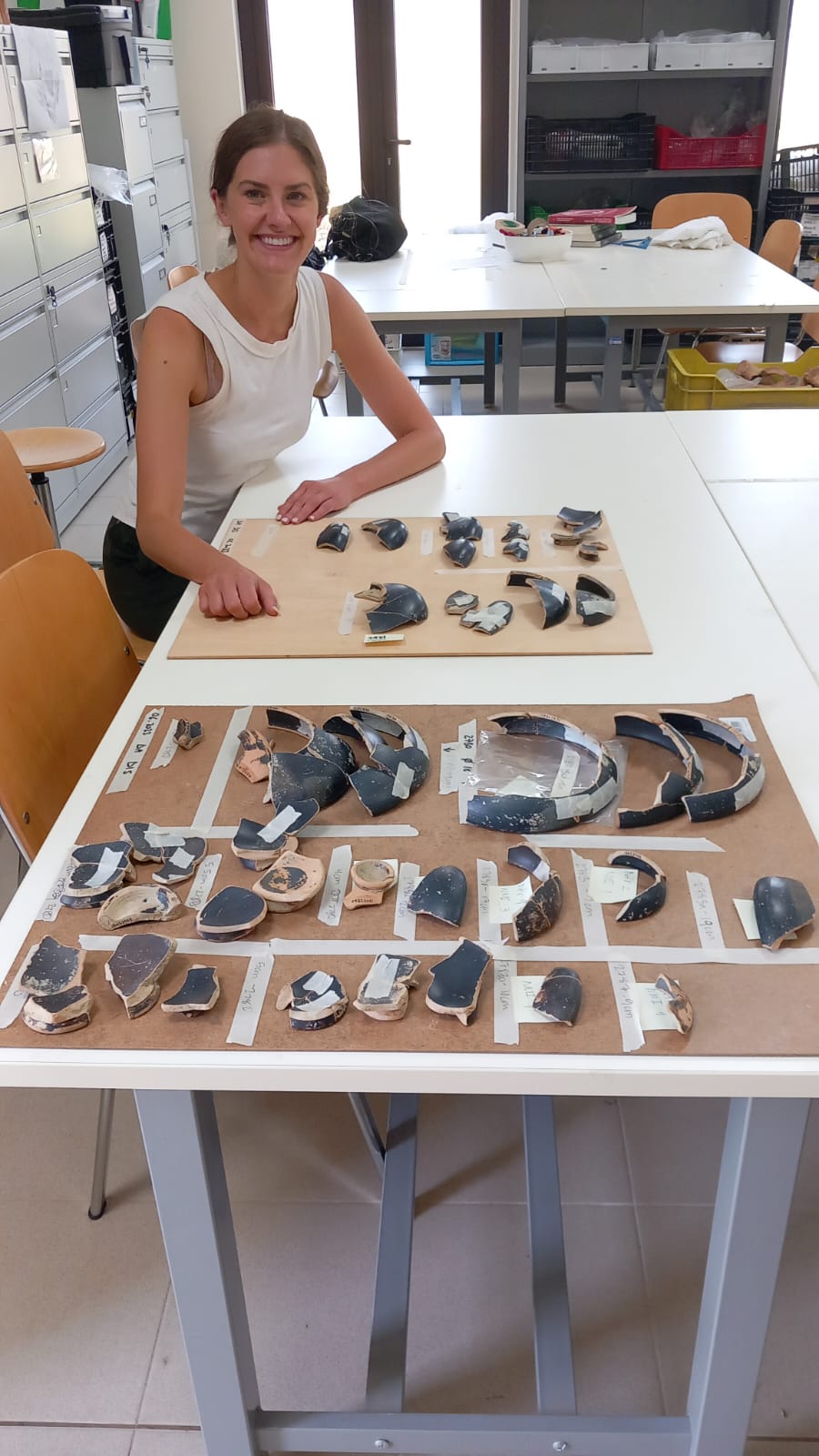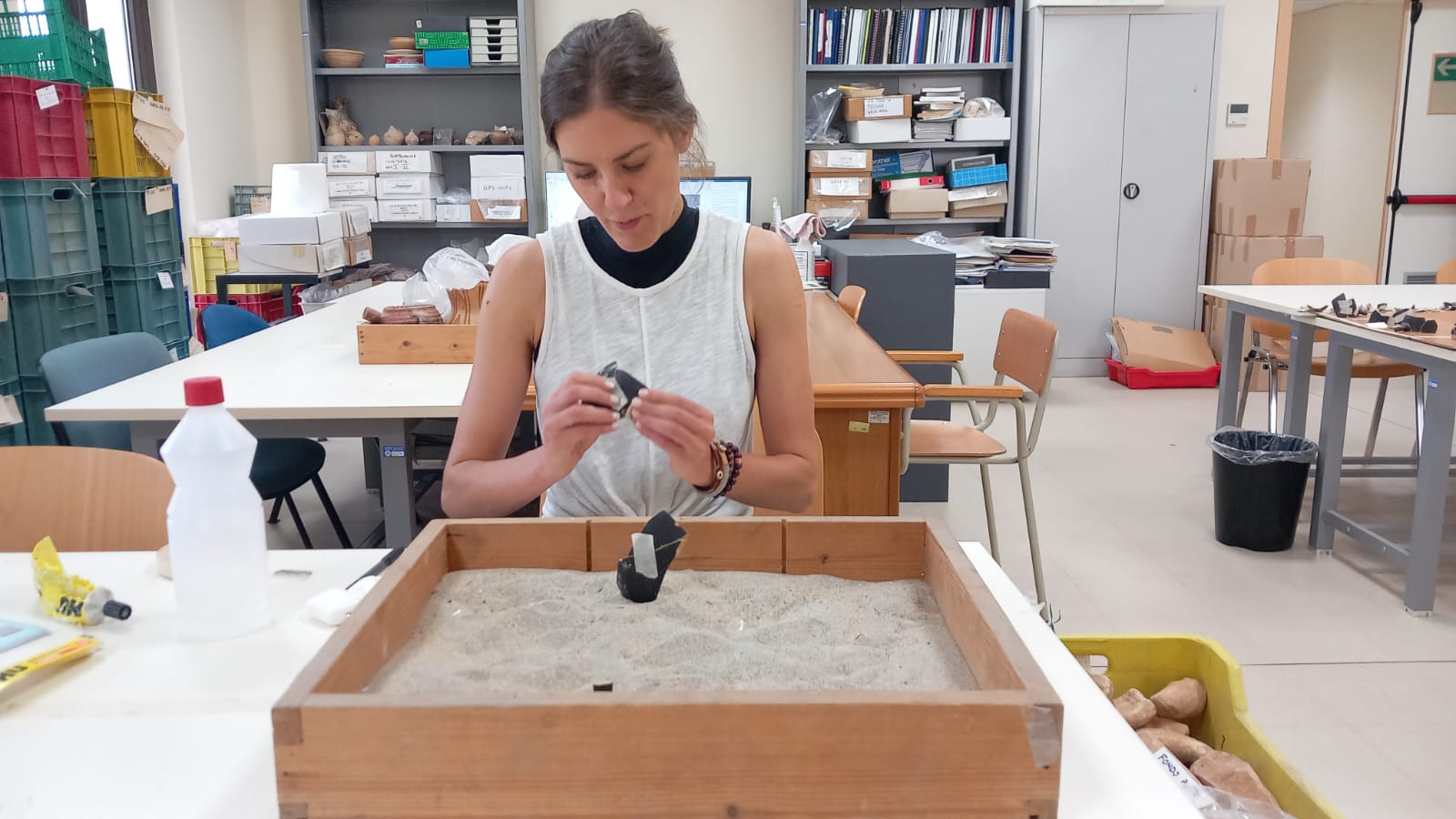Michaela Peine (she/her) is a graduate student in the department of Art History. She is in her 4th semester at St. Thomas, and plans to finish the program in 5 semesters. Michaela’s area of interest is in the relationship between tangible/sensory qualities and psychological narratives in Italian Renaissance art. When she is not attending classes, Michaela works as a gallery guard at the AMAA, as well as with UST Campus Life. Off campus, Michaela holds an internship with the Cathedral of St. Paul, where she is working with their archives – developing an exhibit connecting their art and architecture to the frescoes in the Sistine Chapel.
In 2023, Michaela conducted research in Boston from November 9-14th . With Dr. Lois Eliason as her faculty advisor, Michaela connected with Frederick Ilchman, the chair of European Art at the Museum of Fine Arts. Here are some questions we asked Michaela regarding her research and her time at the Boston MFA:
Q: What was the purpose of this project? What was the content of your research?
MP: The panel that I’m writing my QP on (here) (Virgin Enthroned by Fra Angelico) is in the MFA collection, and I was able to meet with Mr. Ilchman to examine the panel, dig through their curation files, learn about the provenance, curation, and conservation of the piece. In particular, a lot of my theories about this panel were founded on the question of if it was double-sided. Mr. Ilchman confirmed that the panel was double sided, and I was able to read through the MFA’s documentation of everything that is known about the panel’s reverse.
Q: How were your days structured?
MP: I spent most of my time at the MFA. I first took a day to visit their collections and my panel again – while I was there, they had an amazing exhibit on that related to many of my research questions. I went back another day to meet with the European Art department and the conservation staff who had worked with my piece. Another day I spent in the Massachusetts Historical Society, where I looked through journals, photographs, and materials relating to the provenance of the panel.
Q: What was your favorite part of the findings/research results?
MP: In the curation materials about my panel was an old slide with a color photograph of the back side of my panel! The reverse of the panel was split from the painting, and is now separate from the work on display in the MFA, in a (very secret) private collection. This was the first time I saw any image of reverse, and it was incredible to have so many of my hypotheses supported!! I think I sent Lois an email entirely in capslock, out of excitement.
Q: Anything else notable about the trip/the work you did?
After I finished my work in the MFA, Mr. Ilchman brought me down (through many many levels of security) to the MFA’s collections to show me paintings and works not on display. At one point he pulled out a rack that had three paintings by Monet.
- Virgin Enthroned by Fra Angelico, the panel Michaela focused her research on.
- Isabella Stewart Gardner Museum, another museum that Michaela spent time in while in Boston
